Dwarf Date Palm advice
Michael AKA Leekle2ManE
11 years ago
Related Stories

LANDSCAPE DESIGNCelebrate a Sunny Climate With the Right Leafy Palm for Your Site
So you get freezes or floods. So your garden is small. These palms send excuses riding off into the tropical sunset
Full Story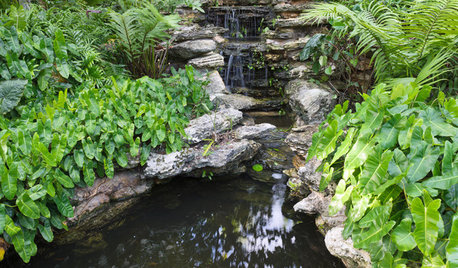
LANDSCAPE DESIGNRecipe for Tropical Edible Garden Style
Appeal to exotic good taste with fruit trees, palms and tropical look-alikes in your temperate-climate garden
Full Story
FRUIT TREESHow to Grow Your Own Persimmons
Sturdy and easy to care for, these trees offer bright fruit through winter — and keeping them in bounds is no sweat
Full Story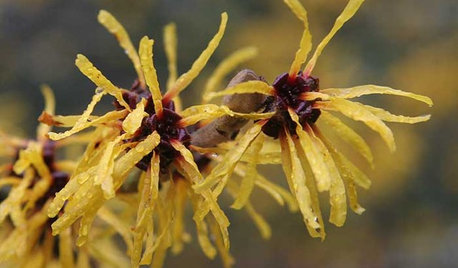
NORTHWEST GARDENINGPacific Northwest Gardener's February Checklist
Let witch hazel cast its spell, shut off your mason bees' snooze button and hit up the nursery for seeds and roses
Full Story
ARCHITECTURERoots of Style: Spanish Eclectic Homes Find a Place in the Sun
Flexible stucco, intricate tiles and more have kept this multicultural style going strong for a century
Full Story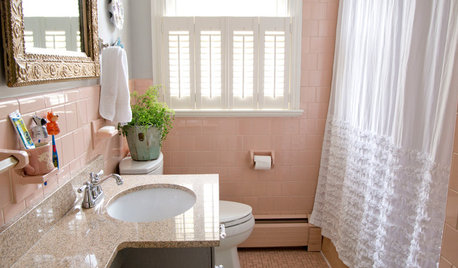
BATHROOM DESIGNHouzz Call: Have a Beautiful Small Bathroom? We Want to See It!
Corner sinks, floating vanities and tiny shelves — show us how you’ve made the most of a compact bathroom
Full Story
FUN HOUZZ10 Things People Really Don’t Want in Their Homes
No love lost over fluorescent lights? No shocker there. But some of these other hated items may surprise you
Full Story
HOUSEPLANTS8 Essentials for Healthy Indoor Plants
Houseplants add so much to our homes — and can thrive when grown in the right conditions. Keep these tips in mind
Full Story
HOUSEPLANTS10 Top Plants to Grow Indoors
Brighten a room and clean the air with a houseplant that cascades artfully, stretches toward the ceiling or looks great on a wall
Full Story
CONTAINER GARDENSHappy Houseplants, Happy People
Potted plants add life and beauty to a room. Learn easy ways to keep them healthy
Full StoryMore Discussions






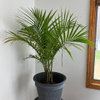
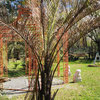
kinzyjr {Lakeland, FL - USDA: 9b, Record: 20F}
Michael AKA Leekle2ManEOriginal Author
Related Professionals
New Bedford Landscape Architects & Landscape Designers · Cary Landscape Architects & Landscape Designers · Severn Landscape Architects & Landscape Designers · Simi Valley Landscape Architects & Landscape Designers · Edmond Landscape Contractors · Fort Worth Landscape Contractors · Northport Landscape Contractors · Shoreview Landscape Contractors · Whitehall Landscape Contractors · 63040 Window Contractors · Farragut Window Contractors · Morton Grove Window Contractors · Rio Linda Window Contractors · Tamarac Window Contractors · Vista Park Window Contractorskinzyjr {Lakeland, FL - USDA: 9b, Record: 20F}
Michael AKA Leekle2ManEOriginal Author
aloyzius
tropicbreezent